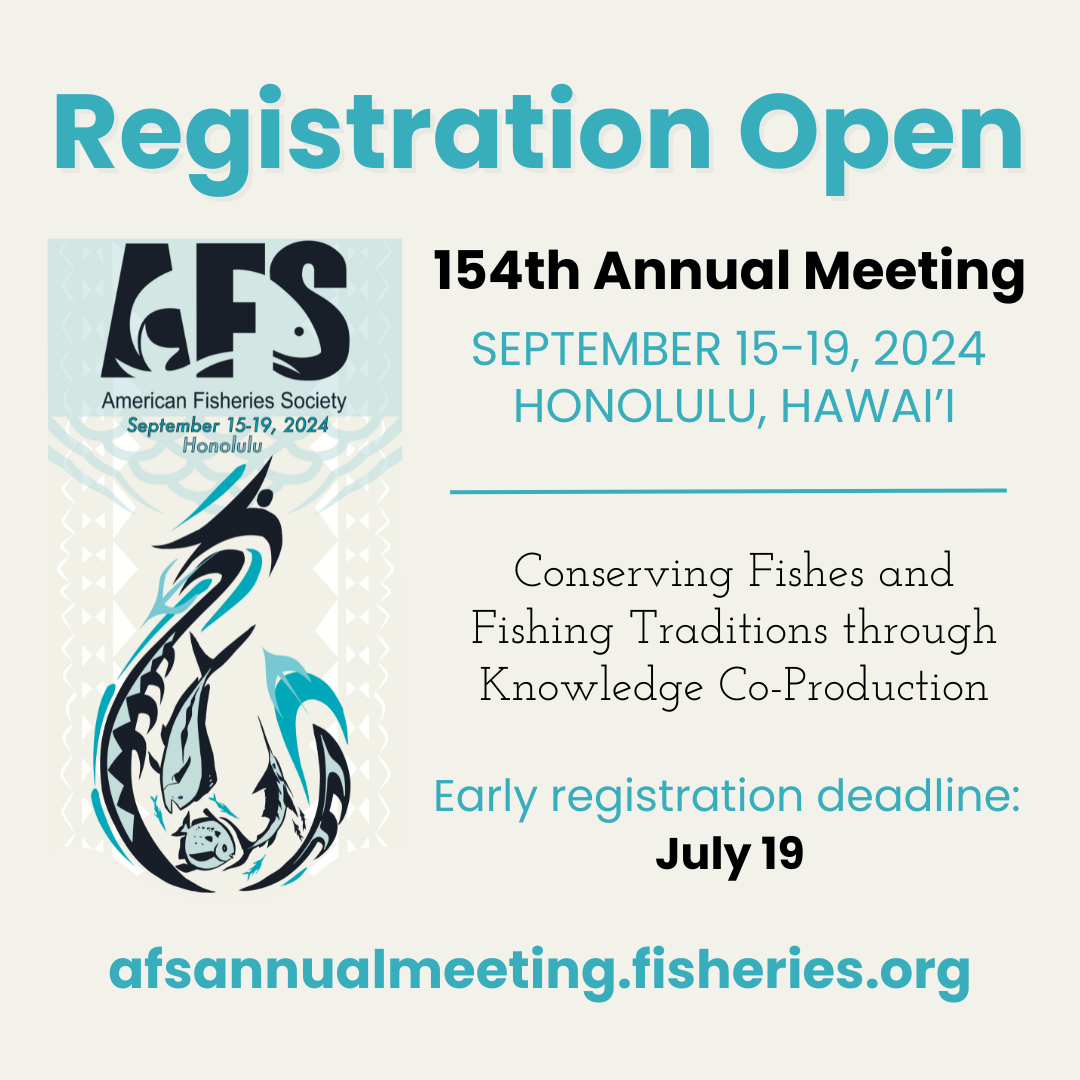The United States boasts an exceptionally diverse fauna of freshwater fishes, with many unique and regionally endemic species. Unfortunately, range reduction and extinction of endemic species, combined with the introduction and spread of nonnative species, is homogenizing these unique regional faunas (Rahel 2000). Given the relative obscurity of nongame fishes to the vast majority of the public, increasing exposure is essential to broad public support of freshwater biodiversity conservation (Harrison and Stiassny 1999; Monroe et al. 2009).
Much effort by conservationists has publicized large and charismatic megafauna (Clucas et al. 2008). This approach has proven effective at piquing public interest and empathy for these species and, by proxy, the associated ecosystems and cohabiting species. Nevertheless, implementing these agship or umbrella species concepts has limitations. Because these species are often large-bodied terrestrial mammals and birds, they typically have broad geographic ranges (Clucas et al. 2008). As such, promoting these species as icons of conservation precludes public awareness and appreciation for the vast majority of species, which occupy narrow geographic ranges (Gaston 1996). Moreover, conservation action aimed at improving habitat for flagship or umbrella species may not necessarily benefit other cooccurring species (Simberloff 1998). Recently, conservation biologists have found alternative successes in promoting more narrow-ranging species (Bowen-Jones and Entwistle 2002). This approach benefits comprehensive biodiversity conservation in two important ways. First, it explicitly promotes the conservation of endemic species, which make up the majority of our planet’s species (Gaston 1996). Second, because the targeted species is unique to a region, the local community—once made aware of that species—tends to be more appreciative of its local natural history treasures than it is for broadly distributed flagship species that may not occur within that region, or even on the same continent (Bowen-Jones and Entwistle 2002).
STATE SYMBOLS AS PROMOTERS OF ENDEMIC SPECIES
So how can regionally endemic species be publicized in a way that captures the intrigue of the public? One existing vehicle is the designation of plants and wildlife as official state symbols. Given the innate regional focus of such state-level endorsement of natural resources, this approach has the potential to increase public awareness and appreciation for regionally endemic plants and animals—including freshwater fishes. Since the designation of the Golden Trout Oncorhynchus aguabonita as the offcial state fish of California in 1947, 42 other states have followed, offucially designating (i.e., via state legislation) at least one species of freshwater fish as an official state symbol (www.netstate.com; Appendix A). Nevertheless, these 42 symbols represent only 22 different species, many of which are broadly distributed game fishes. For example, the Brook Trout Salvelinus fontinalis is the official state fish in 11 different states—essentially all of the Appalachian states—and the Largemouth Bass Micropterus salmoides is the official symbol of four southeastern states. This trend suggests that a goal of designating fishes as state symbols is to recognize popular sport fishes and promote outdoor recreation and tourism. There is no doubt that promoting recreational fisheries has important social and economic benefits to states’ residents, but I argue that legislative designation of freshwater fishes as state symbols should endorse species that are unique to each state for the purpose of elevating public awareness of and support for unique and endemic species of conservation value. Indeed, several states have selected endemic fishes or species of conservation concern as their official symbols. Texas, for example, recognizes the Guadalupe Bass M. treculii—a species that is completely endemic to the Lone Star state—as its official freshwater fish. Similarly, the Apache Trout O. apache—a species on the federal Endangered Species List—is the state fish of Arizona and ranges only within that state’s borders.
[spacer height=”20px”]
To read more…Members click below for the January 2017 Fisheries magazine’s complete issue. Non-members, join here.
This content is for members only. Please login.
</a></div>





